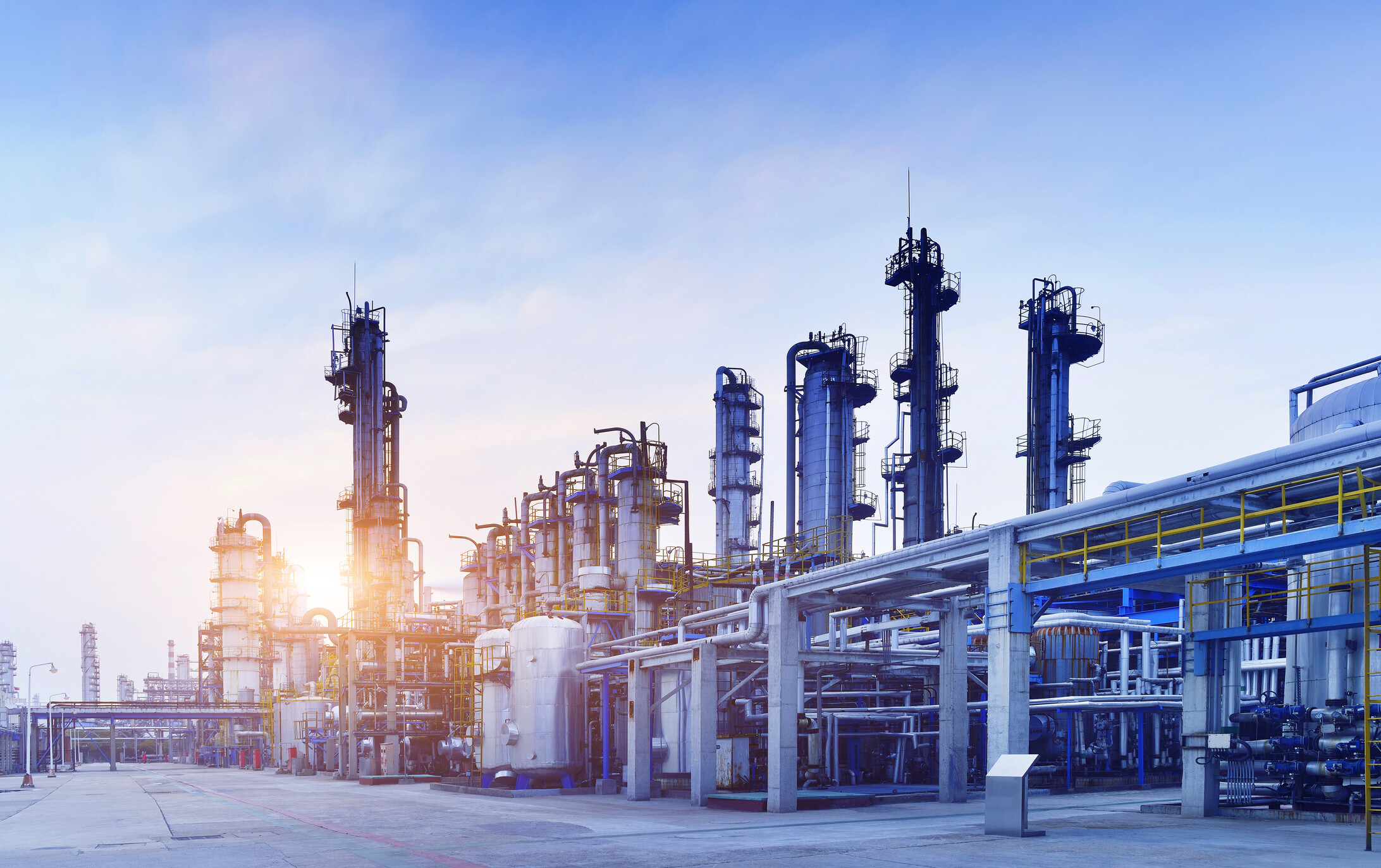What is supercritical water oxidation and how can it ensure a truly circular economy?

Circular economy and recycling are key to tackling the growing waste crisis but a paradox arises when we examine the environmental footprint of these activities
Image: Unsplash
Stay up to date:
UpLink
Listen to the article
- Circular economy and recycling are key to tackling the growing waste crisis.
- However, a paradox arises when we examine the environmental footprint of these activities, as they can contribute to pollution if not designed carefully.
- Sustainable technologies like supercritical water oxidation (SCWO) could be the missing link in the waste treatment ecosystem. Here's how it works.
The circular economy and recycling are widely recognized as essential strategies for combatting the escalating global waste crisis. These strategies aim to keep resources in circulation, minimizing the need for materials and reducing untreated waste placed in landfill. However, a paradox arises when we examine the environmental footprint of these activities, as they can contribute to pollution if not designed carefully.
In this article, we delve into the complexities of this paradox and explore how innovative and sustainable technologies like supercritical water oxidation (SCWO) could be the missing link in the waste treatment ecosystem.
How can the circular economy contribute to pollution?
There are two main ways that the circular economy and recycling may contribute to pollution.
First, the process of waste collection, transportation, and transformation typically results in emissions at each stage. For example, in most city recycling systems, materials must be collected from homes or businesses and then transported to recycling facilities. Unless electric vehicles are used, the transport involves the combustion of fossil fuels and contributes to air pollution and greenhouse gas emissions. Furthermore, the operations within recycling facilities, including separating and processing materials, can be energy intensive and often rely on non-renewable resources.
Second, if the materials being recycled contain toxins in their original form, there’s a good chance that those same pollutants will remain during their second and third lives and so on. Different materials pose unique challenges when recycled. For example, organic waste recycling may still hold substances such as PFAS (a large, complex group of synthetic “forever” chemicals), aqueous film-forming foam (AFFF) and other hazardous chemicals. Likewise, recycling certain plastics can result in the emission of dioxins and other pollutants.
What is the World Economic Forum doing about the circular economy?
How can supercritical water oxidation tackle this problem?
While the paradox of pollution presents a significant challenge, it does not mean that the concept of the circular economy is fundamentally flawed. Instead, it highlights the need for innovative technological solutions like SCWO to close the gaps.
SCWO is a process that involves oxidizing organic waste in water at a temperature and pressure above its critical point (374°C and 221 bar, respectively). Under these conditions, water enters a "supercritical" state, exhibiting properties of both a liquid and a gas. This supercritical water can break down organic compounds, including many pollutants, into benign substances such as water, energy and minerals.
SCWO can potentially address many of the pollution issues associated with recycling. It can effectively process a wide range of organic waste materials, including those difficult to recycle or treat by traditional means, such as certain plastics, microplastics, water filters, and sludges containing PFAS and pharmaceuticals. The process can also be very energy efficient, reducing waste volume significantly with safe outcomes, including clean water, minerals and energy. Furthermore, SCWO operates in a closed system, preventing the release of pollutants into the environment.
Accept our marketing cookies to access this content.
These cookies are currently disabled in your browser.
A great example of how this technology can address the pollution paradox is shown with the Orange County Sanitation District (OC San), one of the largest US wastewater facilities located in Southern California. SCWO benefits include the onsite transformation of sludge into clean water, electricity, and minerals, rid of bacteria, viruses, PFAS, and other toxins. Perhaps the greatest selling point is that by using the SCWO process, residual waste will not need to be hauled from the end of the waste treatment process to the landfill, thus avoiding the resulting cost and emissions.
What's needed to scale-up sustainable solutions?
The paradox of pollution arising from recycling and the circular economy presents an urgent challenge that requires innovative solutions. SCWO shows great potential for the public and private sectors alike, offering a way to treat a wide range of waste materials efficiently and without releasing harmful pollutants.
Implementing SCWO technology will need the support from policy-makers and industry leaders. By embracing new technologies like SCWO, we can work towards a more sustainable and truly circular economy, where waste is not just recycled as is, but effectively transformed into safe and reusable resources.
UpLink, the World Economic Forum’s early-stage innovation initiative, is enabling and accelerating the purpose-driven entrepreneurs that are essential for a net-zero, nature-positive, and equitable future. To find out more and join the UpLink community, click here.
Accept our marketing cookies to access this content.
These cookies are currently disabled in your browser.
Don't miss any update on this topic
Create a free account and access your personalized content collection with our latest publications and analyses.
License and Republishing
World Economic Forum articles may be republished in accordance with the Creative Commons Attribution-NonCommercial-NoDerivatives 4.0 International Public License, and in accordance with our Terms of Use.
The views expressed in this article are those of the author alone and not the World Economic Forum.
Related topics:
Forum Stories newsletter
Bringing you weekly curated insights and analysis on the global issues that matter.
More on Circular EconomySee all
Marco Lambertini and Marcelo Bicalho Behar
November 6, 2025
Clemence Schmid and Sebastian Buckup
October 29, 2025
Ismahane Remonnay, Eeva Leinala and Madeleine Sophia Brandes
October 28, 2025
Matthias Rebellius
October 27, 2025
Spencer Feingold
October 23, 2025
Vivian Brady-Phillips
October 23, 2025





